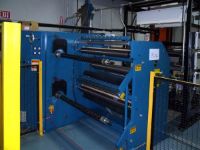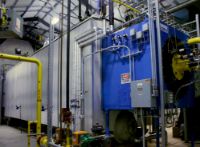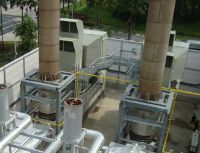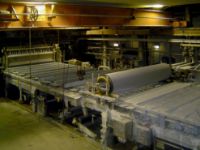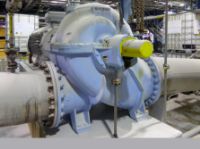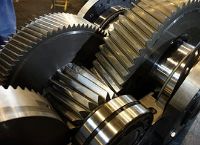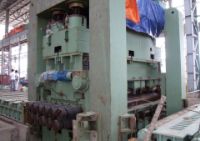- Browse Categories
- About us
- Sell Your Equipment
- Manufacturers
- New Products
- Contact Us
- Browse Categories
- About us
- Sell Your Equipment
- Manufacturers
- New Products
- Contact Us
- Home /
- Converting Equipment /
- Tissue Equipment /
- Tissue Embosser
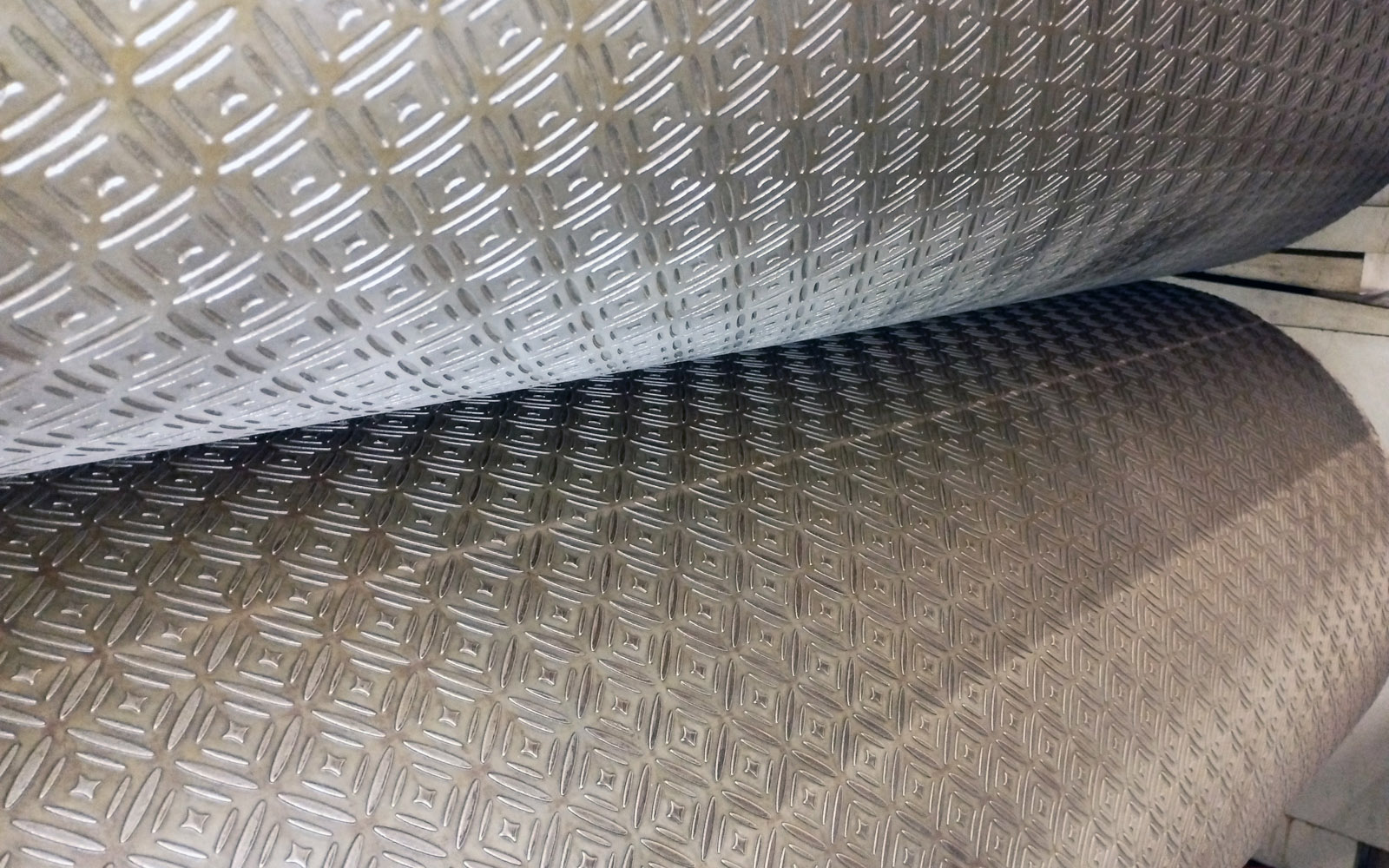
Tissue Embosser
At Industrial Exchange, we provide a seamless platform for businesses to buy and sell Used Tissue Embossing Machines. Whether you are looking for a Used and surplus Tissue Embossing Machine, or you have a Tissue Embosser to sell, we offer a trusted marketplace to connect buyers and sellers in the tissue manufacturing industry.
Looking to buy or sell a second-hand Tissue Embossing Machine? Our team of experts is here to guide you through the process. Click here to sell your surplus tissue embosser, and we'll help you find the right buyers.
How a Tissue Embossing Machine Works
A Tissue Embossing Machine is a specialized device used in the tissue and paper industry to add texture and patterns to paper products, such as tissues, napkins, and wipes. The machine works by feeding a continuous sheet of tissue paper through a set of rollers, which emboss the material with intricate designs, enhancing the product's softness, strength, and visual appeal.
The embossing process is achieved by using engraved rollers or plates that apply pressure on the tissue, creating a raised pattern on the surface. The second-hand Tissue Embossing Machine can be adjusted to produce different embossing patterns, making it highly versatile for various applications, from soft tissues to decorative napkins.
When purchasing a Used Tissue Embossing Machine, ensure that the rollers, pressure settings, and embossing patterns meet your production requirements.
Applications & Industries Served
Used Tissue Embossing Machines are crucial in various industries, particularly in the production of paper products. The key applications include:
- Tissue Manufacturing: Used to emboss bathroom tissues, facial tissues, and paper towels, improving texture and softness.
- Napkin Production: For producing embossed napkins used in the foodservice industry.
- Wipes Manufacturing: For creating embossed wipes, which enhance their durability and absorption properties.
- Specialty Papers: Used for decorative paper and premium tissues that require a high-quality embossing design.
These embossers are used by tissue manufacturers, paper converters, and companies in the hygiene, hospitality, and healthcare industries to produce high-quality products.
How to Select the Right Tissue Embossing Machine
Selecting the right second hand Tissue Embossing Machine requires understanding your specific production needs. Here are some factors to consider:
- Embossing Pattern: Different machines offer varying types of patterns. Choose one that suits your product design needs (e.g., a fine pattern for facial tissues or a stronger texture for industrial wipes).
- Roller Configuration: Consider the size and material of the rollers, as well as the pressure settings, to achieve the desired embossing effect.
- Production Speed: Ensure the machine's speed aligns with your production goals. Faster machines are suitable for high-volume operations.
- Condition of Used Equipment: For Used Tissue Embossing Machines, check the condition of the rollers, motors, and embossing plates. Verify the machine's maintenance history to avoid unexpected breakdowns.
- Size and Capacity: Make sure the machine's size fits within your factory's space and that it can handle the volume of production you require.
By evaluating these factors, you can select the used tissue embossing machine that best suits your needs.
Troubleshooting Tips for Second Hand Tissue Embossing Machine
To ensure your Used Tissue Embossing Machine operates at peak performance, consider the following troubleshooting tips:
- Uneven Embossing: This could be caused by inconsistent pressure settings or worn-out embossing plates. Regularly check the rollers and replace them when needed.
- Paper Jam: Check the alignment of the rollers and ensure that the paper feed is smooth. If there’s a jam, ensure there are no obstructions in the paper path.
- Low Quality Embossing: If the embossed patterns are unclear or uneven, inspect the rollers for wear and tear and clean them regularly to prevent ink or paper residue buildup.
- Overheating: Ensure the machine is properly ventilated and maintained to avoid overheating, which could affect the machine’s performance.
Routine maintenance and inspections can prevent many common issues and extend the life of your Used Tissue Embossing Machine.
Why Choose Industrial Exchange for Used Tissue Embossing Machine?
At Industrial Exchange, we are committed to providing high-quality, Used Tissue Embossing Machines to businesses worldwide. Here’s why you should choose us:
- We offer a broad range of Used Tissue Embossing Machines for different applications, including surplus tissue embossers and other tissue production equipment.
- Every machine listed on our platform comes with verified details to ensure it meets high-quality standards, giving you reliable equipment at competitive prices.
- We connect buyers and sellers globally, offering a hassle-free experience for purchasing and selling used equipment.
- Our team of experts is available to assist you with buying, selling, and troubleshooting your tissue embossing machine needs.
Explore our inventory of used tissue embosser for sale from top brands - ideal for upgrades or expansions. At Industrial Exchange, we provide reliable solutions, quality equipment, and exceptional service. Contact us today for a quote!
Frequently Asked Questions (FAQs)
- What types of paper are made using a Tissue Embossing Machine?
Tissue embossing machines are used to make bathroom tissues, facial tissues, napkins, and wipes, improving texture and absorbency. - How do I know if a used Tissue Embossing Machine is reliable?
Examine the machine’s maintenance records, inspect for wear on critical components, and verify its operational status through tests or demonstrations. - What is the lifespan of a Tissue Embossing Machine?
With proper maintenance, a Tissue Embossing Machine can last 10-15 years. Regular checks and repairs help extend its life. - How do I sell my surplus Tissue Embossing Machine?
To sell your used tissue embossing machine, simply contact us to list your equipment. We’ll assist you in reaching potential buyers. - What happens if my used Tissue Embossing Machine breaks down after purchase?
If your machine breaks down, our team can help connect you with repair services or troubleshooting advice to resolve the issue. - Can I get a warranty on a used Tissue Embossing Machine?
Warranties vary depending on the seller and condition of the machine. It’s best to inquire about warranties before purchasing a Used Tissue Embossing Machine. - How do I maintain my Tissue Embossing Machine?
Regularly clean the rollers, check pressure settings, and ensure proper lubrication to prevent wear and tear. Routine maintenance helps avoid costly repairs.
- Richmond, Virginia
- sales@industrialexchange.com
- (804)608-0141
- (804)608-0141

